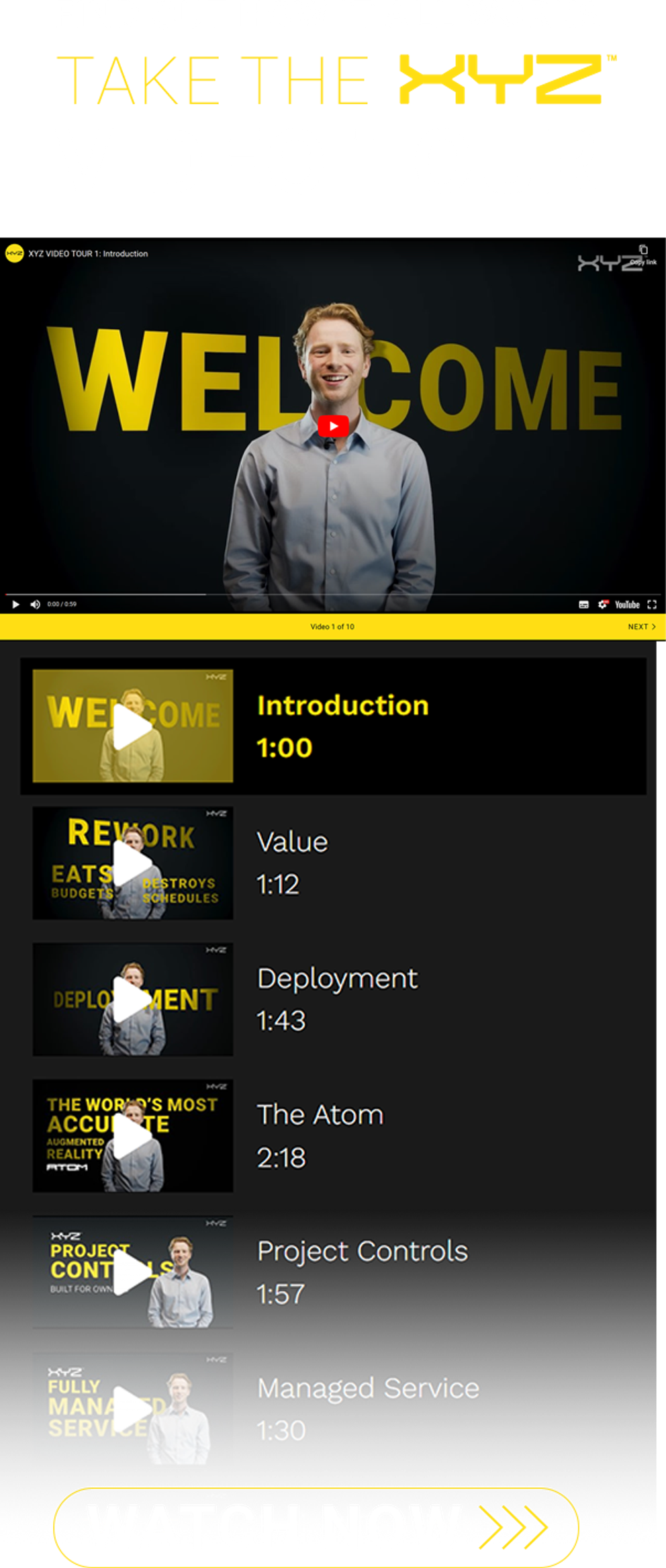-
Services
Services
Find out how we work with our clients and deliver value to construction projects from day one
-
Solutions
Solutions
Discover how all our solutions sync together to deliver construction's most powerful BIM platform to date
-
Built for
Built for
-
Industry
Industry
Understand how we support construction's biggest sectors, and hear from our clients who have experienced the power of XYZ
-
Resources
Resources
Get stuck into all our latest thought leadership, news, reports and industry leading content
-
Company
Company
Dive into what makes XYZ tick, unearth why construction is in our DNA and why we are world leaders in AR solutions

Insights
7 Bold Ways Data Centers Are Powering Communities

25 August 2025
Data centers are often called the beating heart of the digital world – but for years, they’ve also been labeled energy hogs, straining local grids and attracting public scrutiny.
That perception is starting to change. Across the US, Europe, and beyond, forward-thinking operators are turning their infrastructure into community assets: recycling waste heat, powering homes, stabilizing grids, and cutting their environmental footprint.
These aren’t just sustainability measures. They’re strategic moves to secure a long-term license to operate, build public trust, and position data centers as essential, valued neighbors.
In this article, I explore seven bold examples of how operators are shifting from silent energy consumers to active community contributors - and why construction accuracy is critical to making these innovations a reality.
1. Warming Swimming Pools in the UK
In Devon, the Exmouth Leisure Centre is heated using waste heat from a nearby Deep Green data center.
Servers are submerged in mineral oil, which absorbs heat.
That heat is captured and piped directly to the pool’s heating system.
The result: lower bills for the leisure center and free cooling for the data center.
According to The Guardian, innovations like this could eventually heat 150 swimming pools across the UK, supported by a £200 million investment in green heat networks.
From a construction perspective, this requires integrating heat exchangers and routing connections safely between the facility and public infrastructure - planned in from the earliest design phase.
2. Heating Homes in Stockholm
Stockholm Data Parks partners with operators like Interxion and Equinix to feed waste heat into the city’s district heating system, warming tens of thousands of homes.
The goal: waste heat recovery could supply 10% of Stockholm’s residential heating demand, and operators are paid for the heat they supply.
According to CBRE, up to 25% of European urban data centers are now exploring similar waste heat reuse partnerships, driven by sustainability regulations and cost incentives.
3. On-Site Solar in Spain
Amazon Web Services (AWS) has invested heavily in on-site solar in Spain, building over 200 MW of capacity to directly power its facilities.
Spain’s sunny climate and renewable-friendly policies make it a prime location. AWS reports these projects help avoid hundreds of thousands of tons of CO₂ emissions annually.
Integrating direct solar feed into a data center’s power systems requires precise engineering to reduce reliance on the grid and stabilize energy costs.
4. Hydrogen on the Horizon
Hydrogen fuel cells are being explored as a zero-emission alternative to diesel backup generators.
While large-scale deployments are rare today, operators like Equinix are testing the technology. The challenges include cost, storage, and strict safety regulations - all of which have major implications for facility design and construction.
5. Batteries Balancing the Grid
In Dublin, Microsoft uses large-scale batteries not just for backup power but to provide “grid services”:
Absorbing excess power during low demand
Discharging to support the grid during peaks
This approach supports renewable integration and earns revenue. But it demands precise space planning and advanced fire suppression systems - particularly in dense urban sites.
6. Geothermal Cooling in Switzerland
Green Datacenter Zurich West uses deep boreholes to supply geothermal heating and cooling, dramatically reducing reliance on mechanical chillers.
These systems require extensive surveys and permits before construction begins - and absolute accuracy during installation to ensure long-term performance.
7. Heating Homes in Denmark
Meta’s Odense data center captures waste heat to warm about 7,000 local homes, cutting over 100,000 metric tons of CO₂ annually.
This demands careful routing of pipes, integration with municipal networks, and meticulous construction execution to ensure safety and efficiency.
Why Construction Precision Matters
All these examples share one thing: they’re only possible if construction delivers the infrastructure accurately and safely.
At XYZ Reality, we help mission-critical teams validate layouts in real time and detect clashes before they cause delays or costly rework. Because sustainability isn’t just an engineering challenge - it’s a construction challenge, too.
My Takeaway
The industry is evolving from energy consumers to energy innovators. But even the most ambitious sustainability plan fails if construction teams can’t execute it right the first time.
Dream big. Design bold. But choose partners and technology that can deliver with precision.
Want to explore how we can help your team deliver sustainable designs on time and on budget?
👉 Book a consultation







